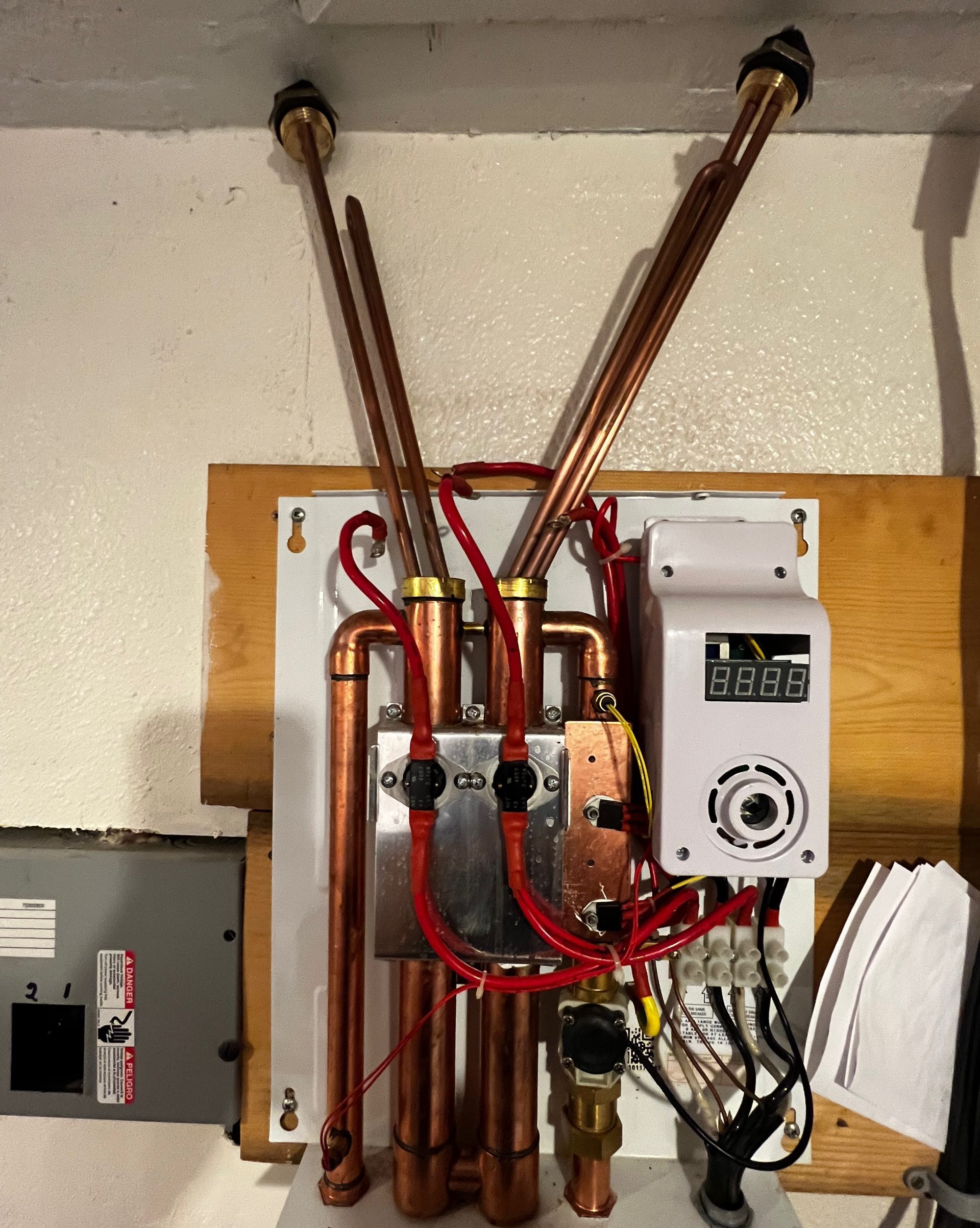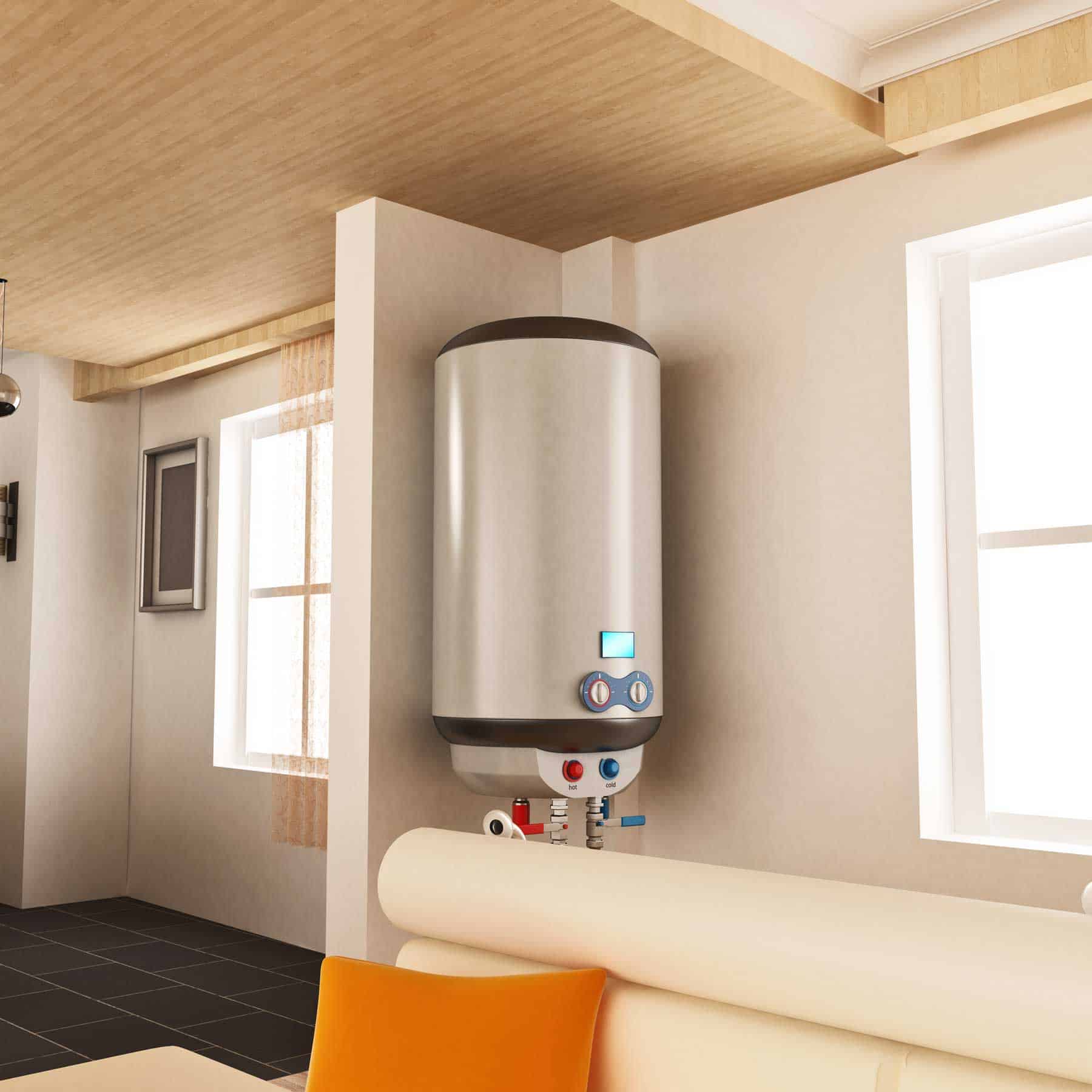Simple Steps to Caring for Your Home's Hot Water SystemCaring for Your Home's Hot Water System: Important Tips
Simple Steps to Caring for Your Home's Hot Water SystemCaring for Your Home's Hot Water System: Important Tips
Blog Article
Right here down the page you might get a good deal of first-rate news regarding Water Heater Maintenance Tips You Can't Afford to Forget.

Warm water is essential for daily convenience, whether it's for a refreshing shower or washing meals. To guarantee your warm water system runs effectively and lasts longer, normal maintenance is crucial. This post offers sensible ideas and insights on exactly how to maintain your home's warm water system to stay clear of disruptions and expensive repairs.
Introduction
Keeping your home's warm water system might seem complicated, but with a couple of basic steps, you can guarantee it runs smoothly for many years ahead. This guide covers every little thing from understanding your warm water system to DIY maintenance pointers and knowing when to contact specialist assistance.
Value of Preserving Your Warm Water System
Routine maintenance not only prolongs the lifespan of your warm water system yet also guarantees it runs efficiently. Overlooking upkeep can bring about lowered performance, greater power costs, and even early failing of the system.
Indicators Your Warm Water System Demands Upkeep
Knowing when your hot water system requires attention can prevent major concerns. Keep an eye out for indicators such as irregular water temperature level, odd sounds from the heating system, or corroded water.
Comprehending Your Hot Water System
Before diving into maintenance tasks, it's useful to understand the basic components of your hot water system. Generally, this consists of the hot water heater itself, pipelines, anode rods, and temperature controls.
Monthly Maintenance Tasks
Regular monthly checks can assist catch minor issues before they escalate.
Purging the Hot Water Heater
Purging your hot water heater eliminates sediment accumulation, enhancing effectiveness and prolonging its life.
Checking and Changing Anode Rods
Anode poles avoid rust inside the tank. Inspecting and changing them when broken is vital.
Examining and Adjusting Temperature Level Setups
Changing the temperature setups ensures optimum efficiency and security.
DIY Tips for Upkeep
You can execute a number of maintenance tasks on your own to maintain your hot water system in leading problem.
Checking for Leaks
Regularly check pipes and links for leaks, as these can result in water damage and greater costs.
Checking Pressure Alleviation Valves
Evaluating the pressure safety valve ensures it functions appropriately and avoids excessive stress buildup.
Shielding Pipelines
Insulating hot water pipelines decreases heat loss and can conserve energy.
When to Call an Expert
While DIY upkeep is useful, some issues call for professional experience.
Complex Concerns Needing Expert Help
Instances include significant leaks, electrical troubles, or if your water heater is consistently underperforming.
Routine Professional Upkeep Advantages
Specialist maintenance can include complete evaluations, tune-ups, and making certain compliance with safety requirements.
Conclusion
Normal upkeep of your home's hot water system is essential for performance, longevity, and price savings. By adhering to these suggestions and recognizing when to seek expert help, you can make certain a reputable supply of warm water without unforeseen disturbances.
How to Maintain an Instant Hot Water Heater
Before tinkering with your hot water heater, make sure that it’s not powered on. You also have to turn off the main circuit breaker and shut off the main gas line to prevent accidents. Also turn off the water valves connected to your unit to prevent water from flowing into and out of the appliance. 2. When you’re done, you have to detach the purge valves’ caps. These look like the letter “T” and are situated on either side of the water valves. Doing so will release any pressure that has accumulated inside the valves while at the same time avoid hot water from shooting out and burning your skin. 3. When the purge valves’ caps are removed, you have to connect your hosing lines to the valves. Your unit should have come with three hoses but if it didn’t, you can purchase these things from any hardware or home repair shops. You can also get them from retail stores that sell water heating systems. Read the user’s manual and follow it to complete this task properly. When the hosing lines are connected, open the purge port’s valves. 4. You should never use harsh chemical cleaners or solutions when cleaning your unit. Make use of white vinegar instead. It should be undiluted and you’ll probably use about 2 gallons. 5. Now flush your water heater. This task should probably take about 40 minutes. We can’t give you specific directions for this because the procedure is carried out depending on the type, model and brand of your heater. With that being said, refer to the user’s manual. 6. When you’re done draining the unit, you have to turn off the purge port valves again. Remove the hosing lines that you earlier installed on each of the water valves. Put the valve caps (purge port) back in their respective places and be very careful so as not to damage the rubber discs that are found inside these caps. 7. Now that everything’s back in place, check your user’s manual again to find out how to reactivate your water heating system. 8. Once it is working, turn one of your hot water faucets on just to let air pass through the heater’s water supply pipes. Leave the tap on until water flows smoothly out of it. https://www.orrplumbing.com/blog/2014/september/how-to-maintain-an-instant-hot-water-heater/

As a serious reader about How to Maintain a Hot Water Heater in a Few Simple Steps, I was thinking sharing that blog post was a good thing. If you appreciated our blog post plz don't forget to pass it around. We thank you for your readership.
Call Us Now Report this page